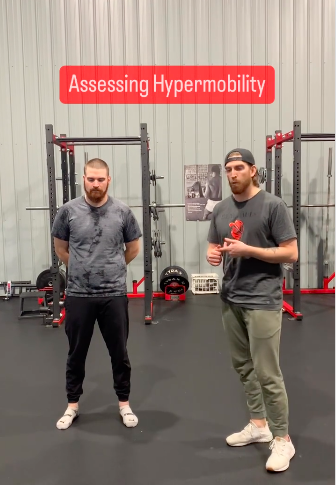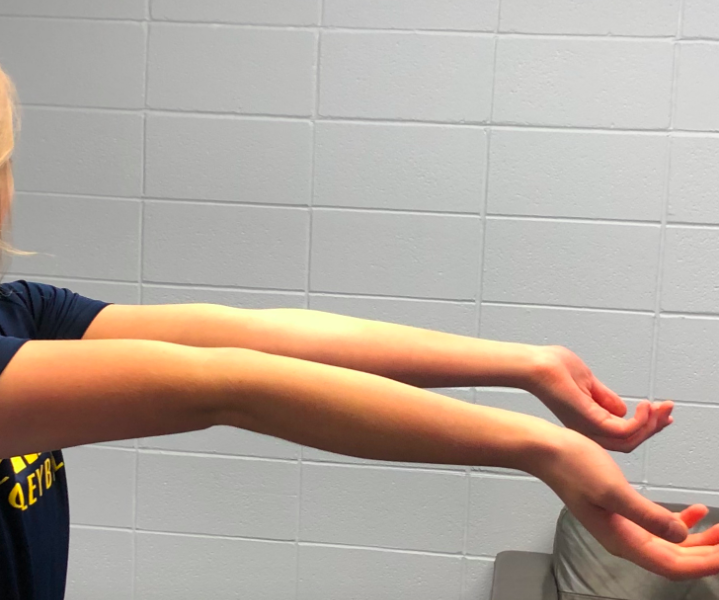Training the Hypermobile Athlete

How much congenital laxity (hypermobility) an athlete possesses often gets overlooked. This is a huge oversight.
This post is going to outline how to assess it, and why it's so important to your program design and implementation with athletes.
First off, we need to differentiate laxity (hypermobility) and instability.
Laxity (hypermobility) is the looseness of a joint, usually occuring in multiple joints and in multiple directions.
Instability, on the other hand, is a pathology. Imagine if you were to fall, stick your arm out, and now your shoulder lacks stability. Generally, instability only happens in one direction.
You can be lax, but not unstable (because you have strength and stability in the range of motion you possess).
You can be unstable, but not lax.
They are different!
Assessment
I use the Beighton Hypermobility Screen. It's essentially 5 different tests you can get a 0,1, 2 on each for a total out of 10.
An often overlooked component in the assessment process is determining the congenital laxity an athlete possesses (or doesn’t).
— Taylor Burns (@tburns34) March 12, 2024
I utilize the Beighton Hypermobility Screen (5 tests scaled 0-2 each)
It is vital to know where each athlete lies to program effectively! pic.twitter.com/AP9UT3TUkg
Give Them Stability!
A general training principle I adhere to is to make sure we have active control of all the passive range of motion that we possess. Athletes with a lot of hypermobility have a lot more ROM, they can get in all sorts of crazy positions, so we need to give them stability in all of that range.
Everyone's mobility goals are different. A hockey player doesn't need to worry if they lack glenohumeral external rotation, they aren't going to be throwing. A powerlifter doesn't need the same amount of thoracic rotation as a golfer.

2. Beware "Pass/Fail" Tests
Hypermobile athletes can make bad movement look good! They can drop their butt all the way down to their heels on a bodyweight squat. But was the movement clean?
Similarly, they can easily touch their toes, but all they're doing is hyperextending their knees and lumbar spine!
Do they have control of the range? How does it look under load?
I like to program slower eccentrics and pauses at the bottom to force them to gain motor control and stability in certain positions and throughout!
3. Hypermobile Athletes Often Feel Tight. Stretching isn't the Answer!!
We have to appreciate the concept of good and bad stiffness throughout the body. If one joint is excessively loose (like it is in hypermobile folks) it can throw another joint under the bus, and now that one is extremely tight.
Often I see hypermobile athletes with extremely tight hips. Their hips are holding on for dear life to try to protect their knees and low back.
We need to try to gently tone down and mobilize the hips, but more importantly is giving this athlete better anterior core control. Once the lumbar spine has more stability, we'll be able to create good hip mobility.
4. Stay Away From End Range
Hypermobile athletes don't have the same proprioceptors near end range that 'normal' folks do. That's why they can go way into hyperextension. We need to gradually give them proprioceptive awareness!
This is why chronic stretching is harmful too. They're just cranking on their joints and passive restraints. It will feel good, but similar to picking a scab, it's actually making things worse!
